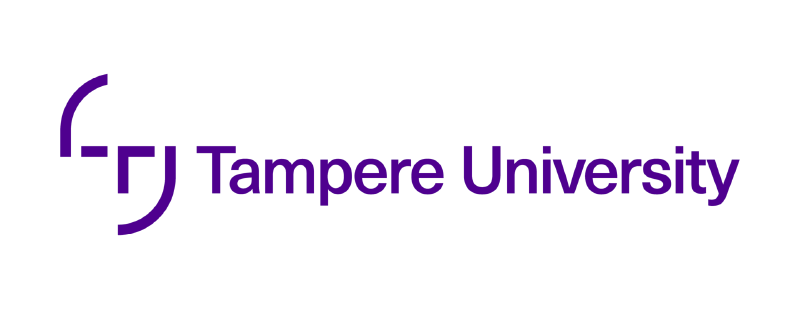Several authors (e.g., Berg, 2012; Hyers, 2018) suggest careful planning and supervision of participants (youth, families) regarding how to implement the diary when collecting the data in the study.
Media diaries provide a subjective contextual understanding of user habits, behaviours, experiences, and engagement with digital media to understand social and personal transitions in young people’s lives. Central to the diary is that it makes the personal visible along with the social, and it makes it possible to focus on time and the time periods of the users (Hyers, 2018). Media diaries provide constructive knowledge, being part of personal narrations, not straight-forward lived life. Thus, the knowledge includes facts and fiction, which should be considered in the methodological evaluation.
Pros
provide information about children’s, youth’s, and families’ communicative relationships and practices on an everyday basis
can be applied to several kinds of studies depending on the number of cases and the focus of the research
diary models are varied and accessible online
Cons
competence of the diary is based on the motivation and skills of the participant in the study.
youth and families should be supervised and equipped with tools for this method.
subjective information, which should mostly be connected to other methods as a mixed methods approach.
-
Is social media screen time really associated with poor adolescent mental health? A time use diary study (Barthorpe et al, 2020)
-
Making Use of Audio Diaries in Research with Young People: Examining Narrative, Participation and Audience (Worth, 2017)
-
What Do Adolescents See on Social Media? A Diary Study of Food Marketing Images on Social Media (Qutteina et al, 2019)
-
Look up other examples in CO:RE Evidence Base
-
Azi Lev-On, Hila Lowenstein-Barkai (2019) “Viewing diaries in an age of new media: An exploratory analysis of mobile phone app diaries versus paper diaries.” Methodological Innovations, Volume: 12 Issue: 1, https://doi.org/10.1177/2059799119844442
-
Berg, M. (2017) “Qualitative media diaries: An instrument for doing research from a mobile media ethnographic perspective.” Interactions Studies in Communication & Culture 3(1):71-89. https://doi.org/10.1386/iscc.3.1.71_1
-
Hyers, Lauri L. (2018) Diary Methods: Understanding Qualitative Research. Oxford University Press.
-
Qutteina, Y., Hallez, L., Mennes, N., De Backer, C., Smits, T. (2019) “What Do Adolescents See on Social Media? A Diary Study of Food Marketing Images on Social Media. “ Front. Psychol., Vol.10, p.2637-2637, https://doi.org/10.3389/fpsyg.2019.02637
-
Worth, N., (2017) “Making Use of Audio Diaries in Research with Young People: Examining Narrative, Participation and Audience.” Sociological Research Online (SRO), 14: 4, page(s): 77-87 https://doi.org/10.5153/sro.1967


